Revolutionize construction with graphene-based concrete
Graphene, being strong and lightweight, has great potential as a reinforcing agent in construction. Concrete fortified with graphene is approximately 2.5 times more robust and allows four times less water penetration compared to regular concrete. This enhancement reduces the needed quantity of concrete, a primary source of CO2 emissions in construction, potentially cutting these emissions by 30% while also lowering construction costs.
Choosing the right graphene material for concrete
Graphene Oxide (GO) is the material we recommend for concrete applications as it is easier to disperse in water based solutions than graphene and rGO. GO’s functional groups combined with concrete’s alkaline nature ensure stability and effective distribution and bonding within the concrete matrix.
Graphene offers superior water barrier properties compared to graphene oxide (GO), but it is often more expensive and more challenging to disperse. This makes graphene a less practical choice for some applications despite its enhanced performance.
Reduced graphene oxide (rGO) is easier to disperse than graphene, while retaining many of graphene's desirable properties. It is however more expensive than GO and not as dispersible.
Considering these factors, and the substantial quantities of concrete—and consequently graphene materials—required in the construction industry, this article will focus on the use of GO in concrete applications.
Main benefits of incorporating graphene or Graphene Oxide in concrete:
Increased strength: Graphene Oxide (GO) consists of a carbon-carbon bond matrix, making it exceptionally strong and durable, even surpassing steel in strength while remaining lightweight and flexible. With a tensile strength of up to 130 GPa, GO can be used as a reinforcing filler in cementitious composites, significantly enhancing tensile strength, reducing brittleness, and reducing the amount of cement needed. In a study* testing different concrete mixtures with varying amounts of GO, the best compressive and tensile strength were observed with a mix of 0.08% GO, showing an almost 30% increase in compressive strength after just 7 days, and around a 55% increase after 56 days. The increased strength is also associated with the high surface area of GO, which further increases the strength of the concrete mix by mechanically interlocking the crystals responsible for the concrete's hardening while stopping the propagation of cracks, increasing the overall lifetime of the concrete.
Corrosion protection: With its unique arrangement of single-layered carbon-atoms GO creates a barrier that effectively repels harmful ions responsible for deterioration and consequent corrosion of concrete reinforcements. This ability makes the concrete more durable, increasing the life-time of constructions.
Reduced carbon footprint: The GO itself consists of only carbon, oxygen and hydrogen, all chemicals that are not harmful to our ecosystem. By improving the mechanical properties of concrete, GO enables the use of smaller quantities of concrete to achieve equivalent strength. This reduction in concrete usage consequently lowers the carbon dioxide emissions associated with concrete production.
Shortened curing time: By adding GO to the cement mix, it acts as a pathway for water, accelerating the hydration process. The oxygen functional groups present in GO give it hydrophilic properties, allowing it to adsorb water and serve as a reservoir. This water can then hydrate the calcium silicates and calcium aluminate, catalysing the curing process.
In conclusion, different types of GO can offer various benefits depending on the specific application. LayerOne supplies graphene oxide (GO) powder and paste that can be incorporated directly into mortar or concrete mixes, or used as an admixture. We encourage you to contact us for product recommendations to meet your specific needs.
* Devi, S.C., Khan, R.A. ”Effect of graphene oxide on mechanical and durability performance of concrete”. J. Build. Eng. 27 (2020).

